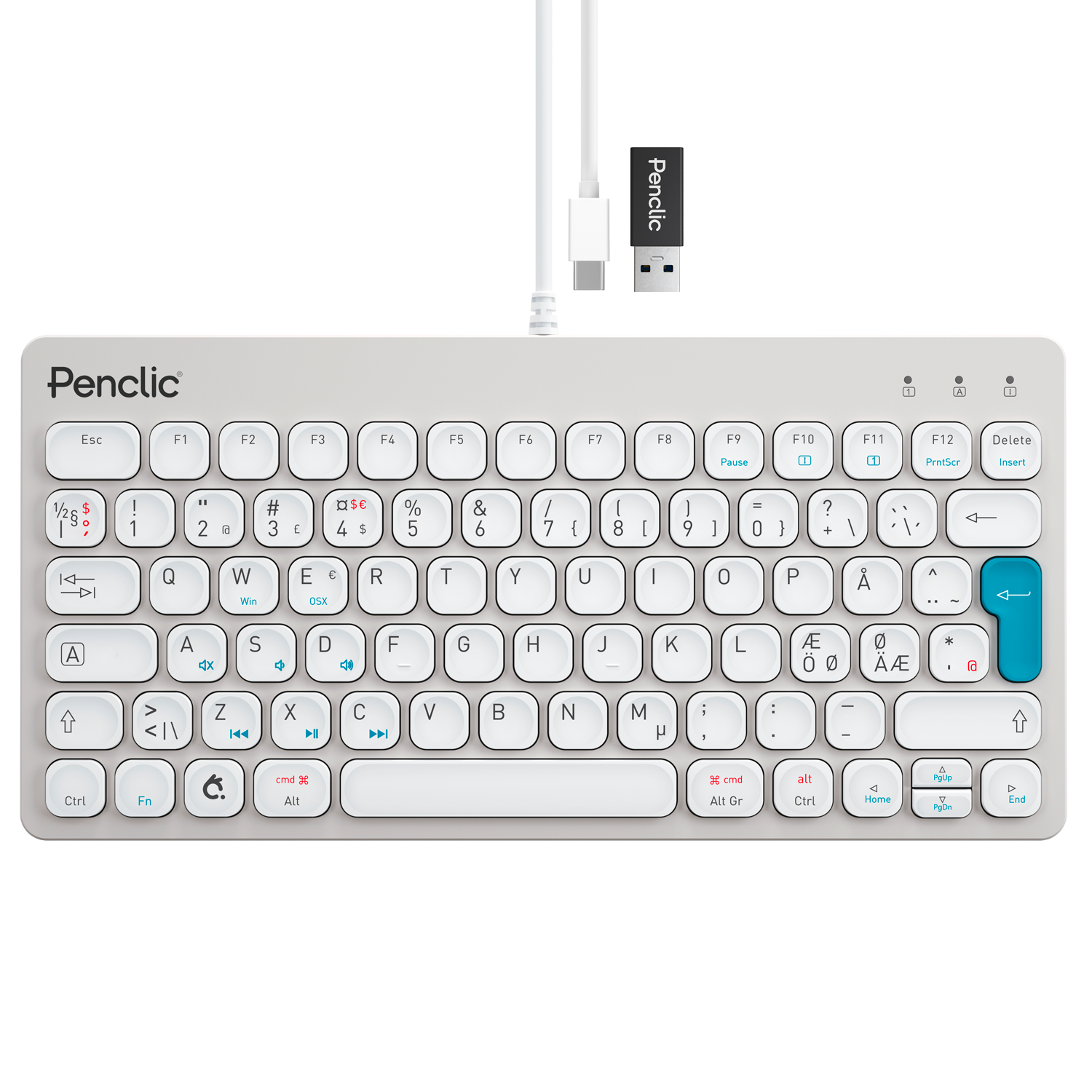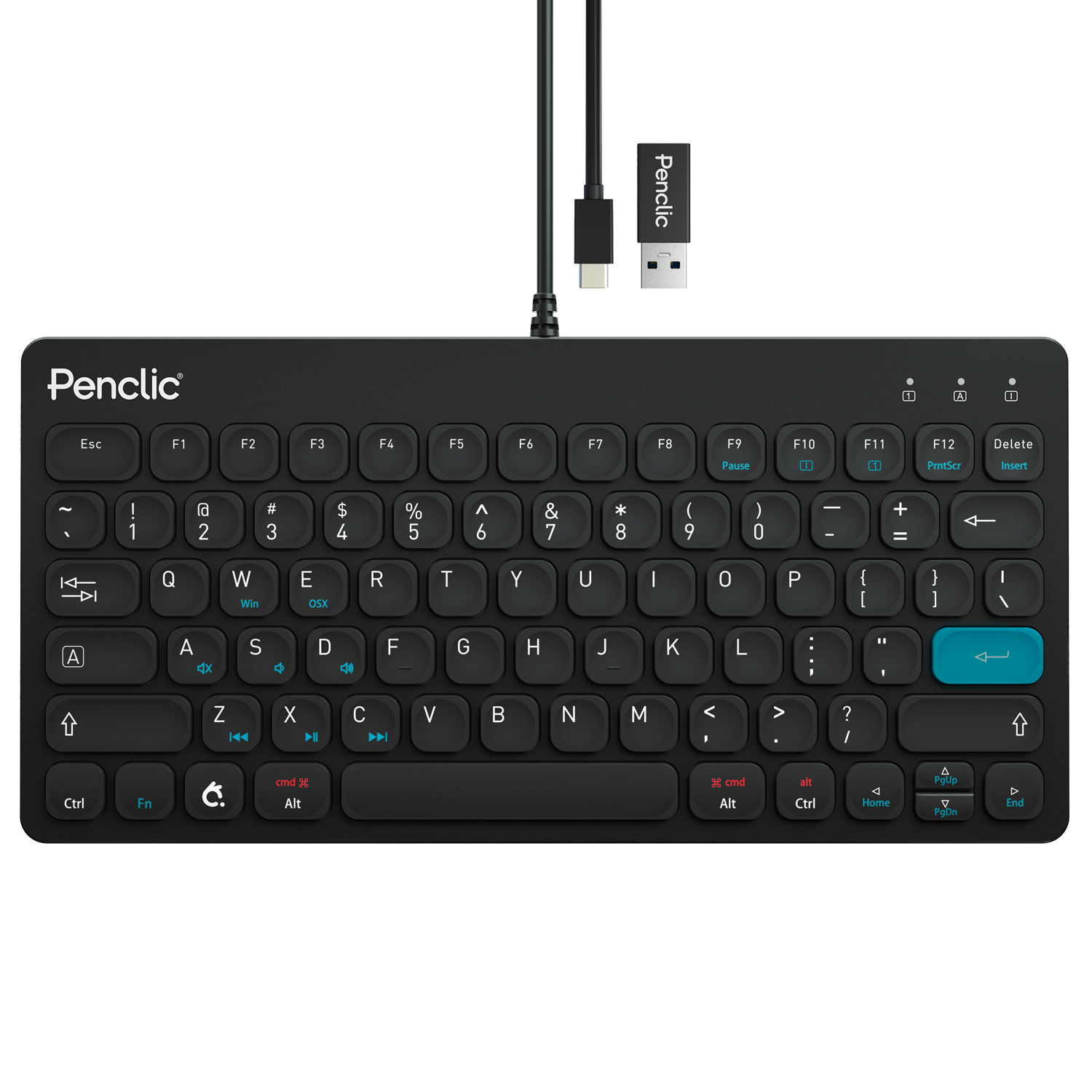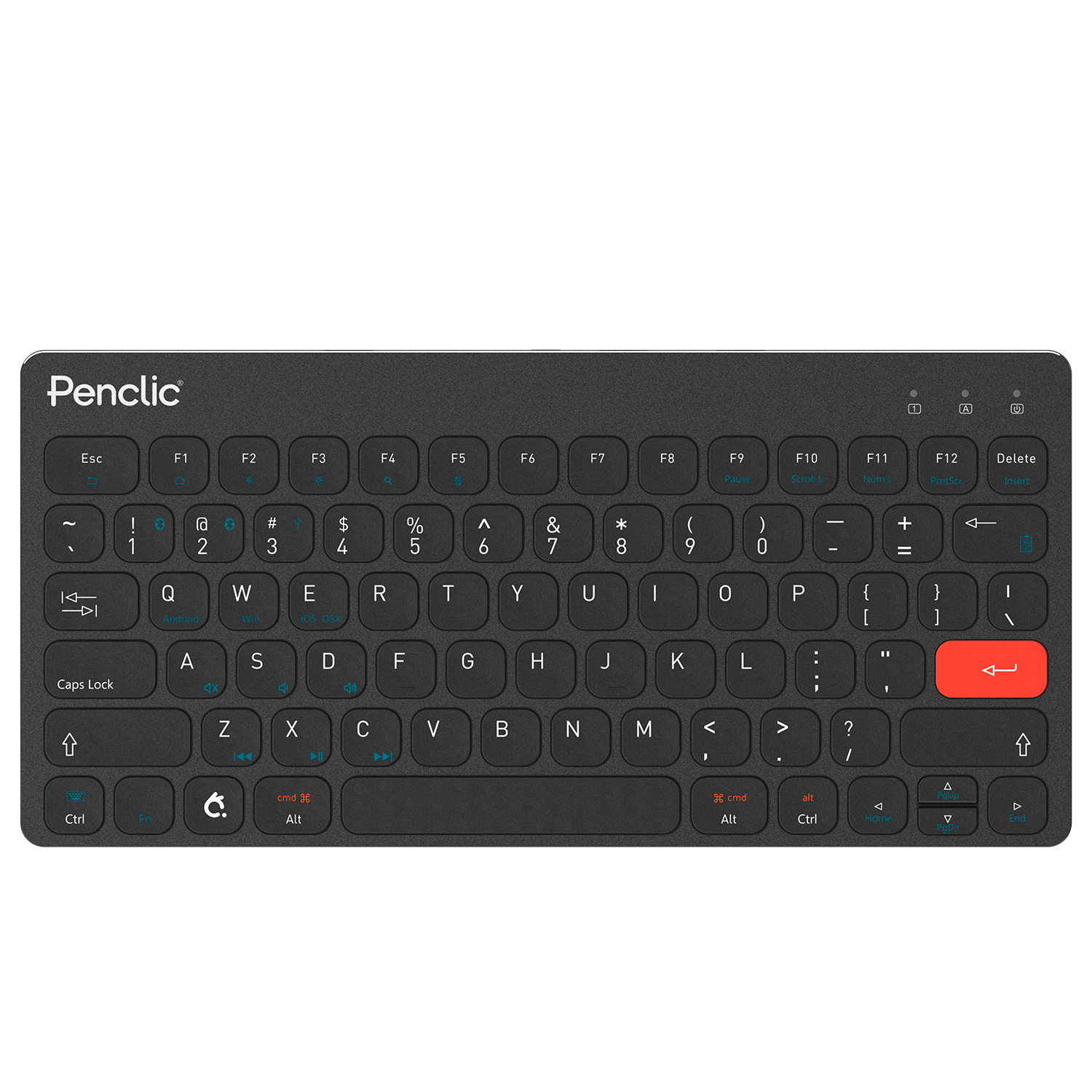What Makes a Mini Keyboard Mini?
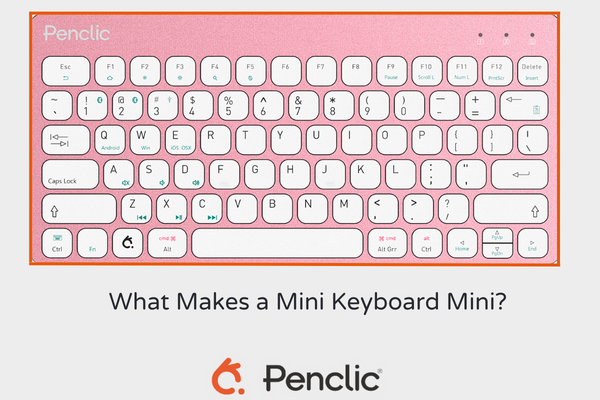
With their ergonomic advantages and easier portability, mini keyboards are becoming increasingly popular. They obviously take up less space, however.
Not all mini keyboards are the same, however.
From 60% to tenkeyless, there are plenty of varieties, all of which differ in exactly how “mini” they are and which keys are removed in order to shrink the size.
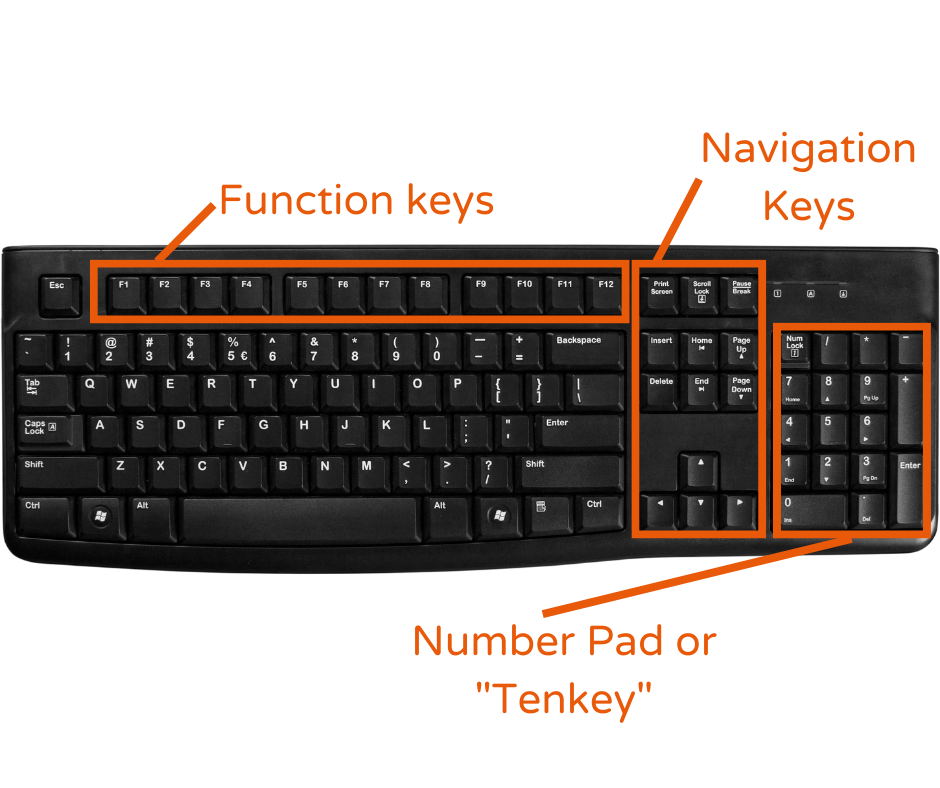
Going Tenkeyless
One thing that pretty much all mini keyboards have in common is the lack of a number pad.
Keyboards that lack the number pad are often called tenkeyless. At their most basic level, a tenkeyless keyboard might look like you just chopped the right quarter of the keyboard off, with the rest of the design staying the same.
Simply getting rid of the number pad saves roughly 20% of the area on a keyboard.
It also does it without losing any functionality. All of the numbers and other mathematical symbols on the keypad reside elsewhere on the keyboard. It might slow down data entry typing speeds, but those whose jobs are heavy on data entry might find having a separate number pad more convenient anyway than the one on the right side of the keyboard.
The 60% Solution
Some mini-keyboards go much further in their quest to get smaller. They take out fully 40% of the keys on the keyboard.
These “60% keyboards” remove not only the number pad, but the arrows and other navigation keys that typically reside in the space between the letter keys and the number pad.
Also gone — the function keys. This eliminates the entire top row of the keyboard. They do tend to save the escape key, though, with most simply replacing the tilde key with it.
These cuts get felt more. To do much beyond simple typing, you now need to learn a whole new set of function keystrokes, hitting multiple keys where one would have previously sufficed.
The keyboards still tend to have the same functionality, but you have to train yourself — and strike multiple keys — in order to use them all. Where you might have been able to use a keyboard without thinking about it previously, for at least a while, using the keyboard will require more attention and thought.
Striking the Right Mini Keyboard Balance
Many of the mini keyboards, including those we make at Penclic, strike a balance. Through slightly altering the layout, they achieve most of the size reduction of the 60% keyboards while maintaining many of the functions found on a standard tenkeyless.
For Penclic, that means shrinking several of the keys on the bottom row to slide the arrow keys in. Also still there are the function keys. They are more compressed than a standard keyboard, though, allowing for the placement of the delete key in the top row.
The difference in width is minimal between a 60% keyboard and Penclic’s mini keyboard, giving it the full weight of the 60%’s ergonomic advantages. Keeping more of the navigation keys and the function keys, however, allow for a degree of usability that a 60% keyboard might struggle to achieve.
Which mini keyboard is right for you? Much of it will come down to how you use your computer. With that being said, however, the Penclic model’s balance between size and usability offers benefits regardless of usage.
Read More About Penclic’s Keyboards
Why a Brushed Metal Keyboard is a Smart Design Choice
4 Advantages of Having a Wired Bluetooth Keyboard
Three Reasons to Switch to a Mini Keyboard

